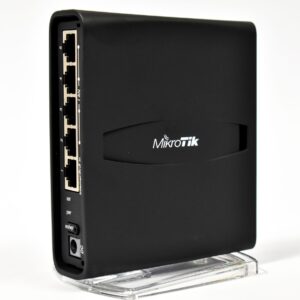Network equipment refers to devices used to manage and connect networks, including local area networks (LANs), wide area networks (WANs), and the internet. Here are some common categories of network equipment:
Routers: Routers are devices that connect networks together and manage traffic between them. They typically use the Internet Protocol (IP) to route data between devices and networks, and may include features such as firewalls and virtual private network (VPN) capabilities.
Switches: Switches are devices that connect devices within a network together and manage traffic between them. They are used to create local area networks (LANs) and can help improve network performance by reducing congestion and increasing bandwidth.
Wireless access points: Wireless access points (WAPs) are devices that provide wireless network connectivity to devices within a certain area. They are used to create wireless local area networks (WLANs) and may support different wireless standards such as Wi-Fi.
Modems: Modems are devices that convert digital signals into analog signals and vice versa, allowing devices to connect to the internet via a phone line, cable line, or other type of network connection. They may be standalone devices or integrated into routers or other network equipment.
Network security appliances: Network security appliances are devices that help protect networks from cyber threats such as viruses, malware, and unauthorized access. They may include features such as firewalls, intrusion prevention systems (IPS), and anti-virus software.
Network storage devices: Network storage devices are devices that allow data to be stored and shared across a network. They may include network-attached storage (NAS) devices, which allow multiple devices to access shared storage, and storage area networks (SANs), which provide high-speed access to shared storage for servers and other network devices.
Network management tools: Network management tools are software applications that help network administrators monitor and manage network performance, troubleshoot issues, and configure network devices. They may include tools for network monitoring, traffic analysis, and device configuration.





